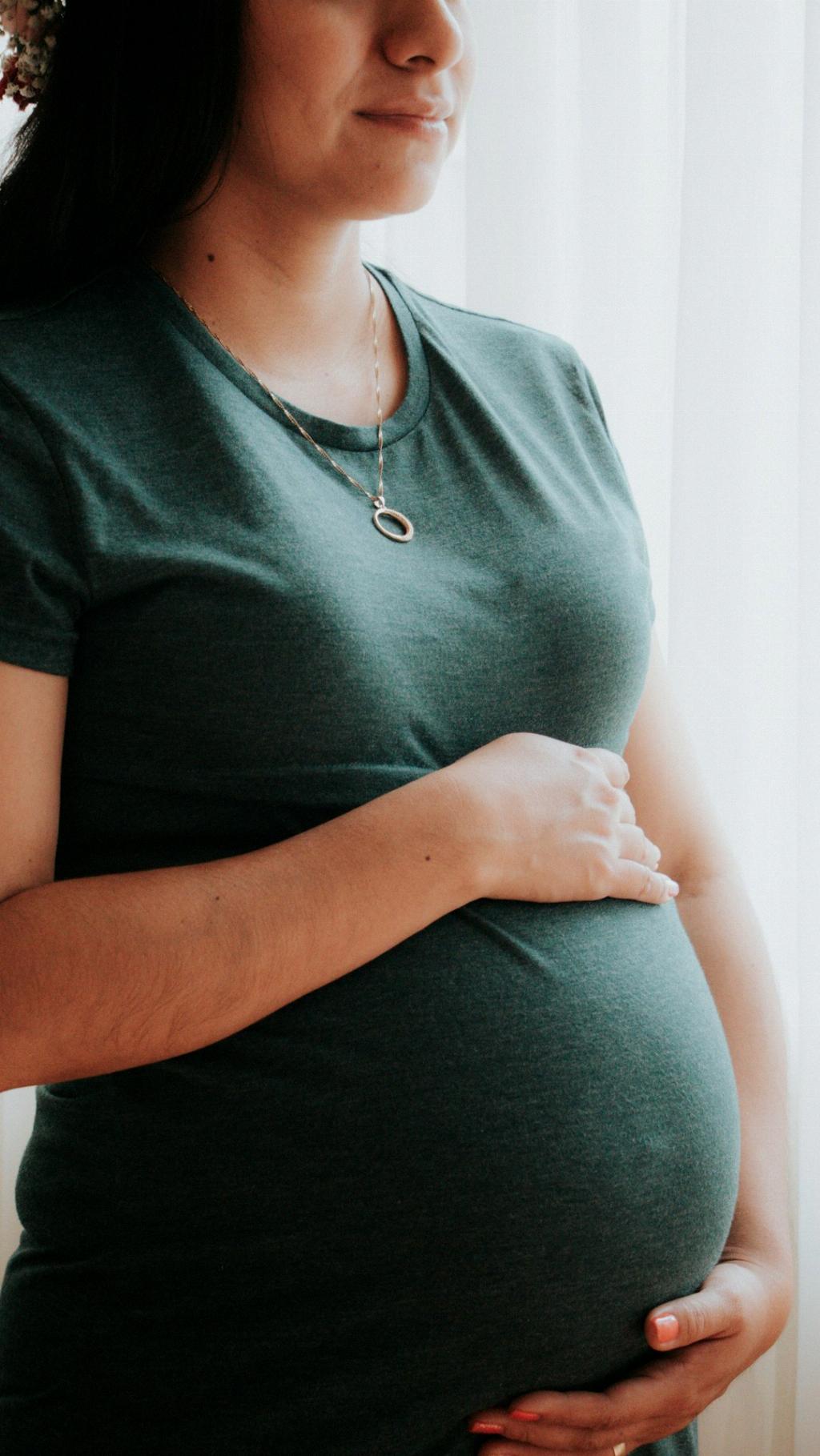One crucial aspect of early pregnancy is ensuring you get the right amount of rest and sleep. However, as your body changes to accommodate the growing life within you, adjustments need to be made to your sleeping positions to ensure the safety and comfort of both you and your baby.
During early pregnancy, it is generally considered safe to continue sleeping on your stomach if you find it comfortable. You may not even be showing much of a baby bump yet, and the size of your uterus is still relatively small and tucked away within your pelvis.
As you progress into the second trimester, usually around 13 to 16 weeks, the uterus starts to grow and move out of the pelvis and into the abdominal cavity. This is when it’s recommended to start transitioning from stomach sleeping to side sleeping.
Sleeping on your stomach becomes increasingly challenging and uncomfortable as your belly grows larger. It can put pressure on your expanding uterus, the vena cava (a major vein carrying blood back to the heart), and other internal organs, potentially leading to issues like back pain, digestive problems, or reduced blood flow to you and your baby.
While there is no strict rule on the exact week you must stop sleeping on your stomach, most healthcare providers suggest making the switch to side sleeping by the start of the second trimester as a general guideline. This helps prevent any potential complications and ensures better rest for you and optimal support for your developing baby.
One of the recommended positions for pregnant women to sleep in, especially as they advance in pregnancy, is the left side. This position improves circulation to the heart, uterus, and kidneys, helping both you and your baby get the essential nutrients and blood flow needed for a healthy pregnancy.
Sleeping on your stomach later in pregnancy can also increase the risk of you accidentally rolling onto your back during the night, which can compress the vena cava and lead to reduced blood flow to your heart and brain. This is why transitioning to side sleeping early on is crucial for maintaining optimal blood circulation.
It’s essential to listen to your body throughout your pregnancy journey. If you find that stomach sleeping is becoming increasingly uncomfortable or if you’re experiencing any pain or discomfort, it’s a good indicator that it’s time to switch to side sleeping for a more restful and safe night’s sleep.
Remember, every pregnancy is unique, and what works for one person may not work for another. Consult with your healthcare provider if you have any concerns about your sleeping position or if you’re unsure when to make the switch from stomach to side sleeping during your pregnancy.
Ultimately, the goal is to prioritize your comfort and well-being while also ensuring the best possible environment for your growing baby. Making the transition to side sleeping during the second trimester is a small yet significant adjustment that can have a positive impact on your overall pregnancy experience.
By staying informed, listening to your body, and following the guidance of your healthcare provider, you can navigate this exciting journey with confidence and peace of mind, knowing that you’re taking the necessary steps to care for yourself and your little one.

